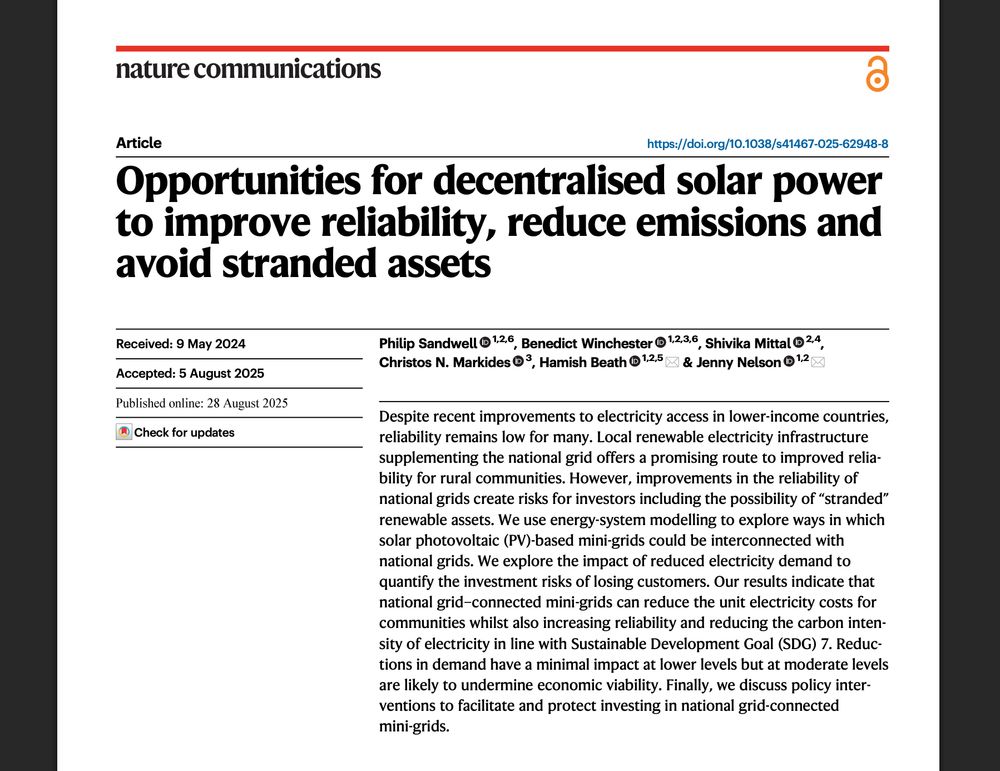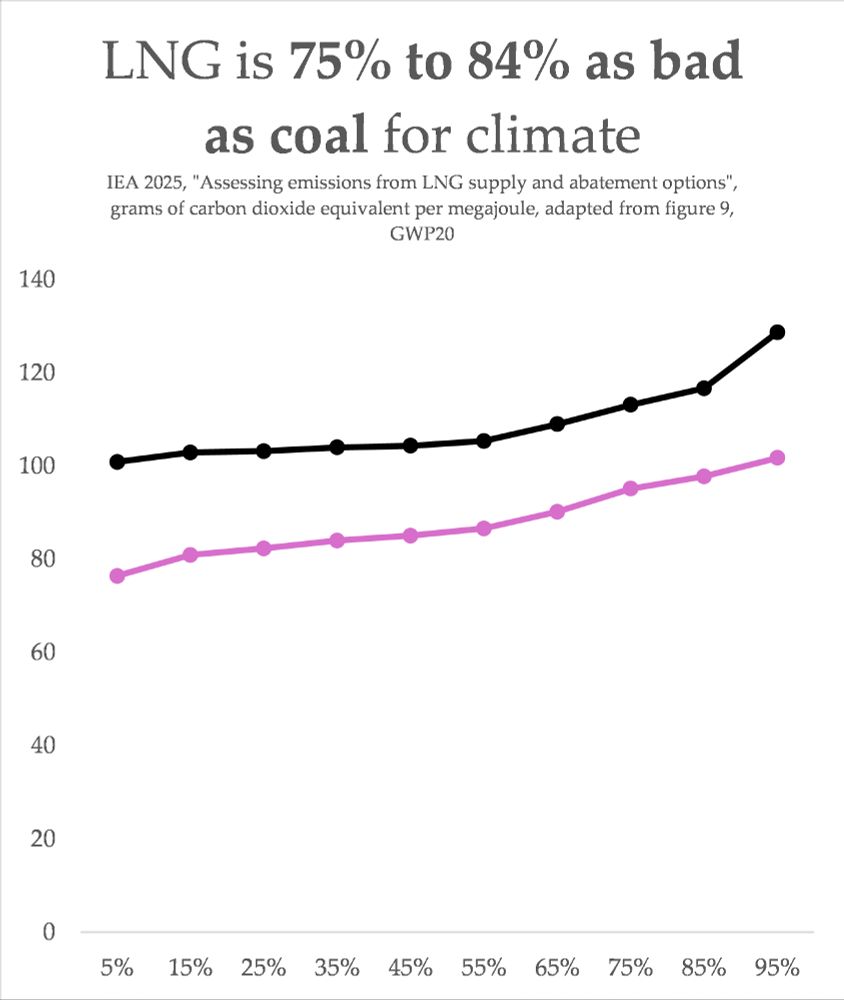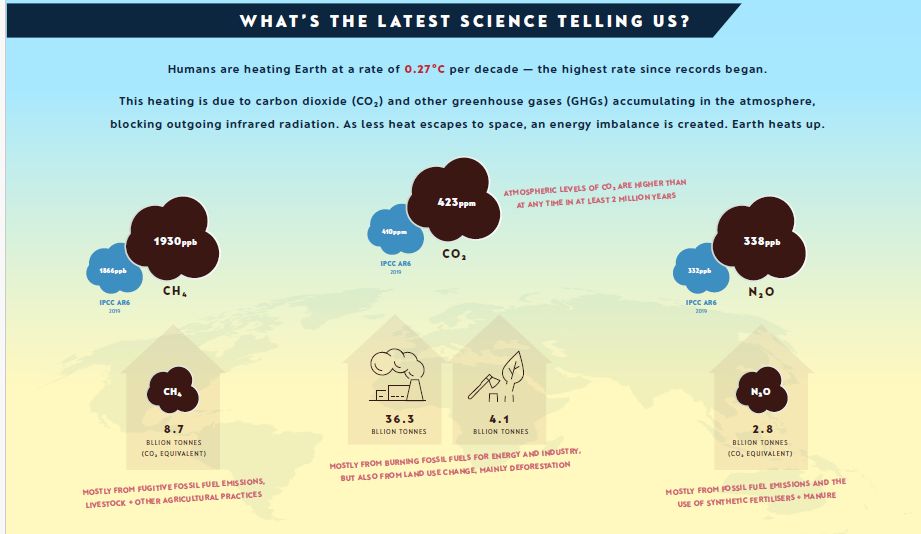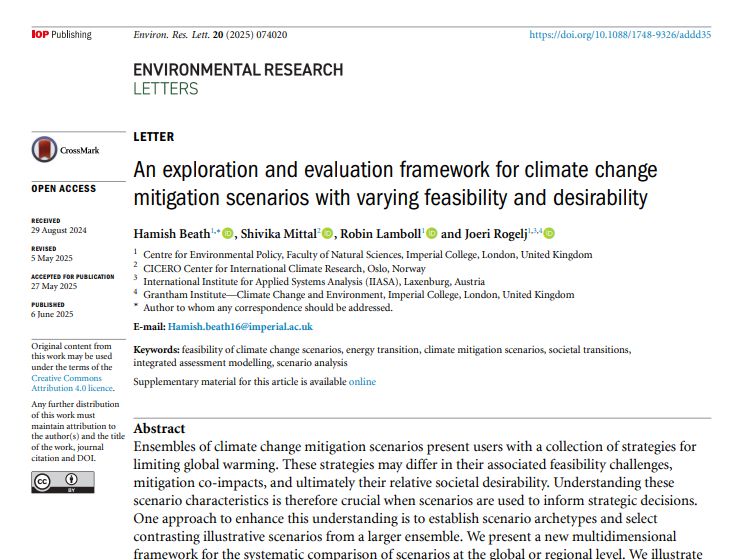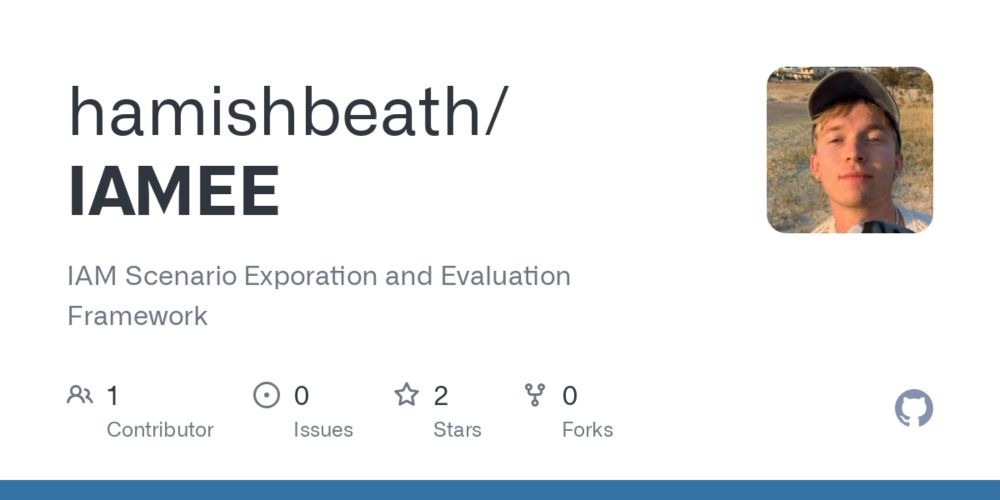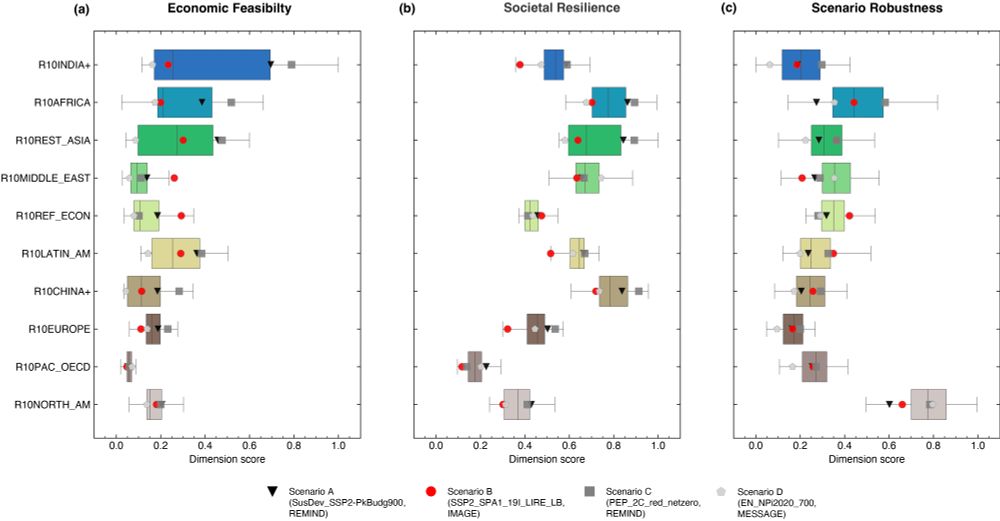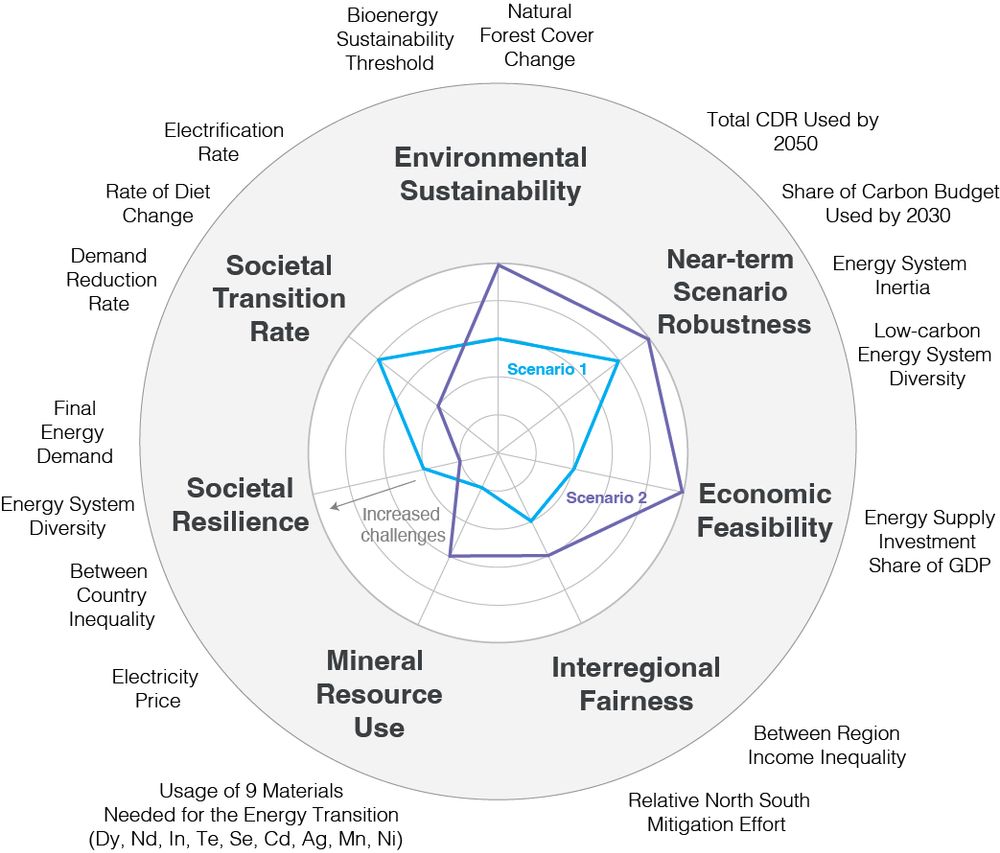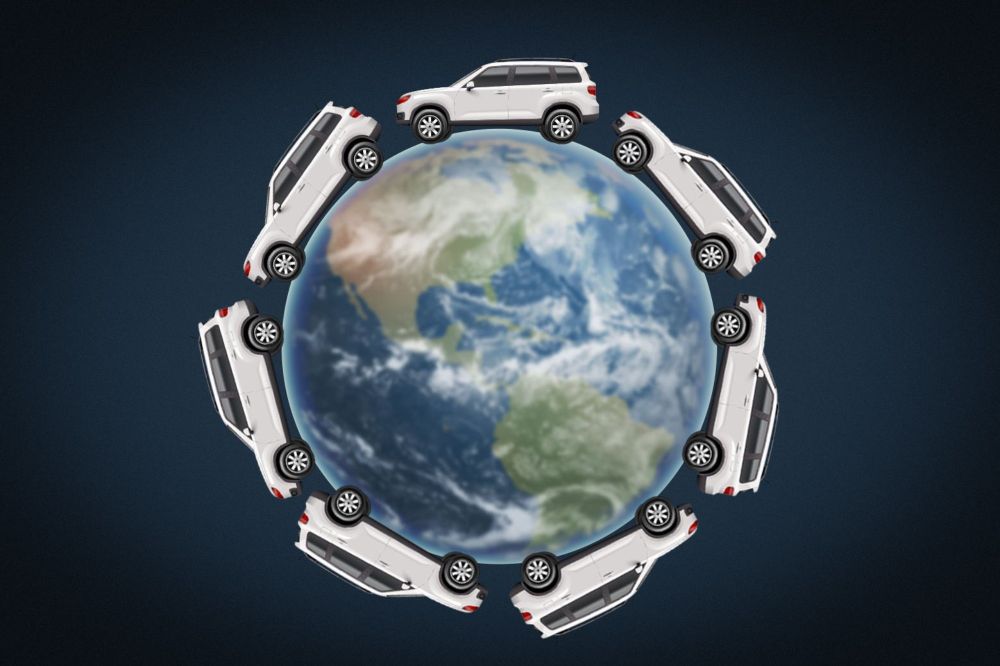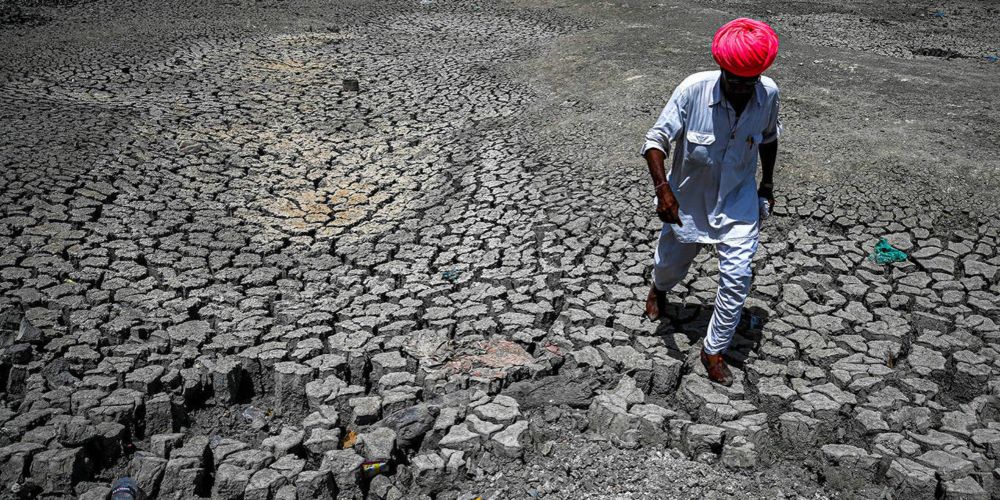Hamish Beath
@hamishbeath.bsky.social
100 followers
140 following
12 posts
Post-doctoral researcher @ Centre for Environmental Policy, Imperial College London.
Work on societal transitions required for deep decarbonisation pathways.
Posts
Media
Videos
Starter Packs
Reposted by Hamish Beath
Reposted by Hamish Beath
Joeri Rogelj
@joerirogelj.bsky.social
· Sep 4
Matthew Gidden
@gidden.bsky.social
· Sep 4

A prudent planetary limit for geologic carbon storage - Nature
A risk-based, spatially explicit analysis of carbon storage in sedimentary basins establishes a prudent planetary limit of around 1,460 Gt of geological carbon storage, which requires making explicit ...
www.nature.com
Hamish Beath
@hamishbeath.bsky.social
· Sep 3
Reposted by Hamish Beath
Reposted by Hamish Beath
Reposted by Hamish Beath
Hamish Beath
@hamishbeath.bsky.social
· Jun 12
Hamish Beath
@hamishbeath.bsky.social
· Jun 12
Hamish Beath
@hamishbeath.bsky.social
· Jun 12
Hamish Beath
@hamishbeath.bsky.social
· Jun 12

An exploration and evaluation framework for climate change mitigation scenarios with varying feasibility and desirability - IOPscience
An exploration and evaluation framework for climate change mitigation scenarios with varying feasibility and desirability, Beath, Hamish, Mittal, Shivika, Lamboll, Robin, Rogelj, Joeri
iopscience.iop.org
Reposted by Hamish Beath
Dave Vetter
@davidrvetter.bsky.social
· Dec 11
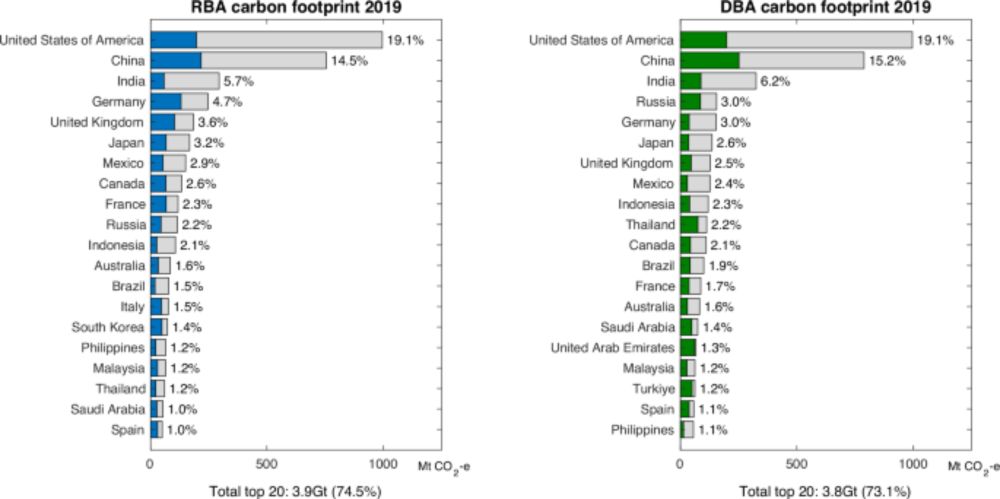
Drivers of global tourism carbon emissions - Nature Communications
The tourism carbon footprint grew 2.3 times faster than the rest of the economy, reaching nearly 9% of global emissions by 2019. Rapid tourism demand growth (3.8% per year) has outpaced energy efficie...
www.nature.com
Reposted by Hamish Beath
Brent Toderian
@brenttoderian.bsky.social
· Nov 21
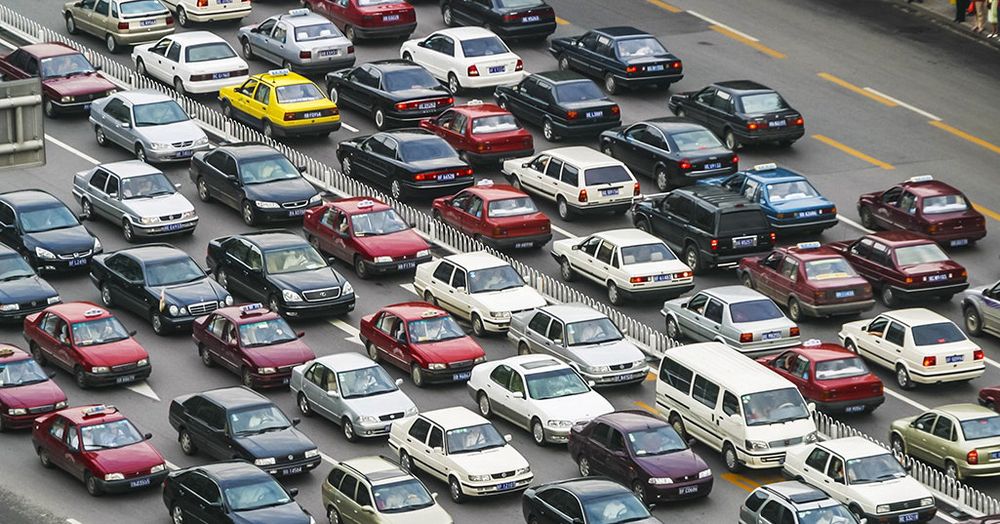
What's Up With That: Building Bigger Roads Actually Makes Traffic Worse
The concept is called induced demand, which is economist-speak for when increasing the supply of something (like roads) makes people want that thing even more. Though some traffic engineers made note ...
www.wired.com
Reposted by Hamish Beath
Glen Peters
@glenpeters.bsky.social
· Nov 21
Reposted by Hamish Beath
Ben Sanderson
@benmsanderson.bsky.social
· Nov 20



